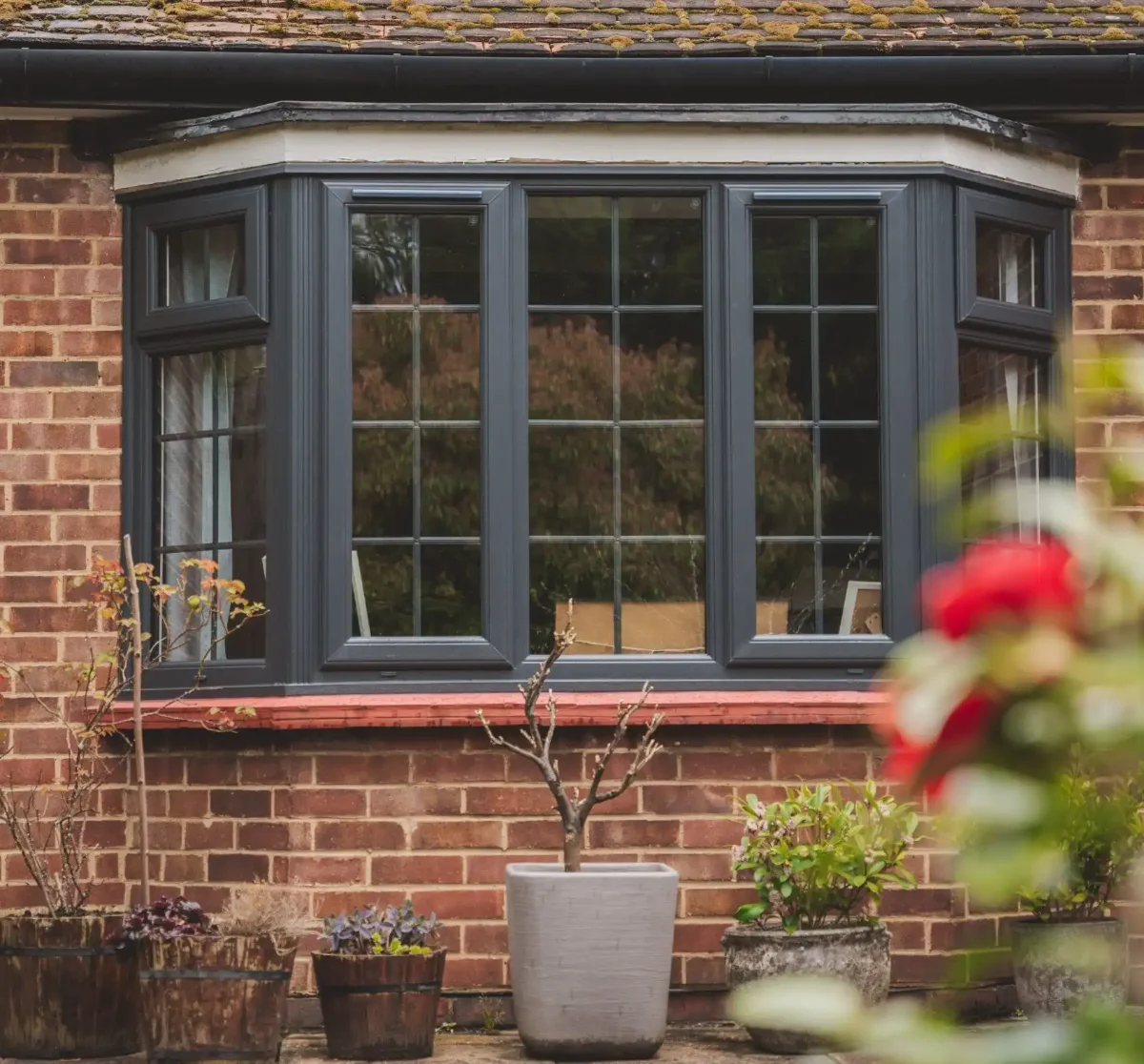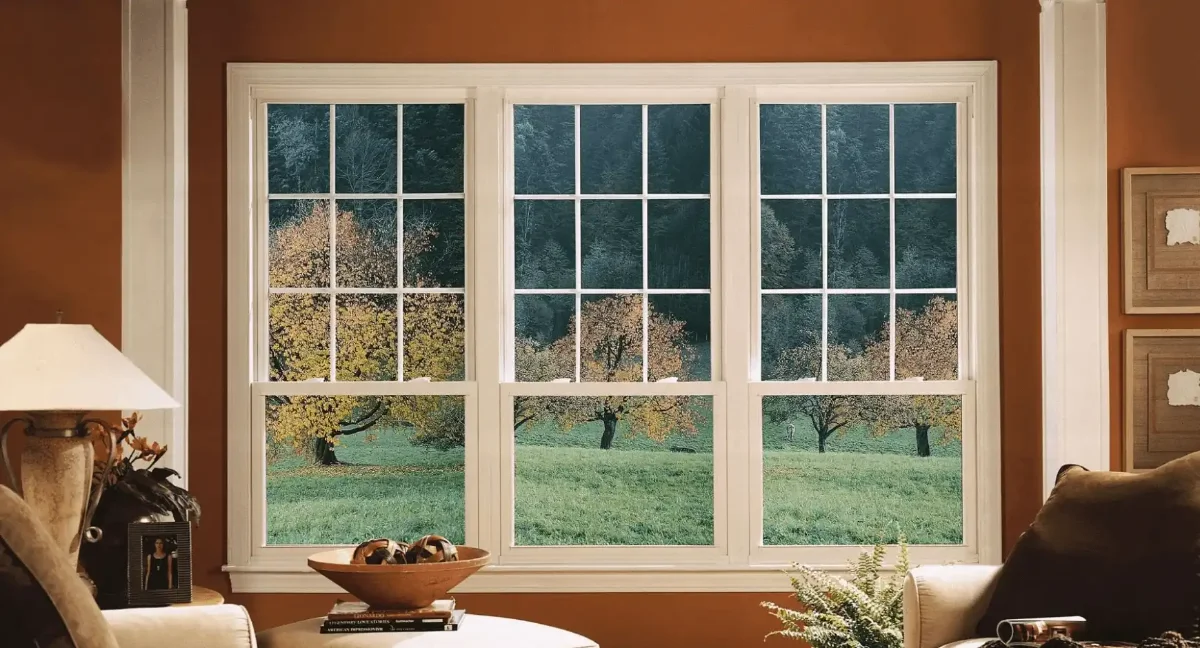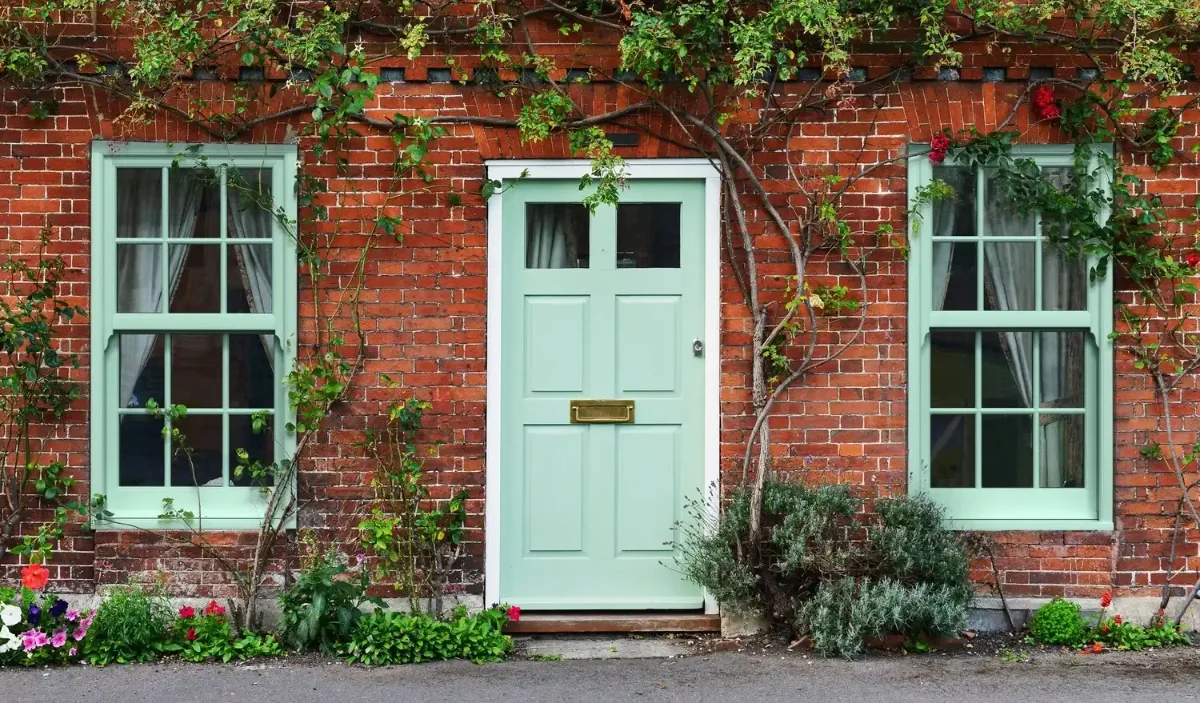Is That Fourth Pane of Glass a Game-Changer or Just Overkill?
I’ve been in the window business for nearly four decades here in Hertfordshire, and if there’s one thing I’ve learned, it’s that “more” isn’t always “better.” We saw it when double glazing became the standard, and we’re seeing it again with the rise of triple glazing. Now, there’s a new player on the field: quadruple glazing.
Four panes of glass. Three cavities filled with insulating gas. It sounds like the ultimate defence against the British weather, doesn’t it? The pinnacle of window technology.
But here’s the question I’ve been helping homeowners answer recently: in a climate like ours, do you really need that fourth pane of glass? Or is it a classic case of diminishing returns—a solution designed for the extreme winters of Scandinavia or Canada, but simply overkill for a home in Bishop’s Stortford?
Let’s put the marketing hype aside and have an honest conversation about where your money is best spent.
Before we dive in, if you’re still weighing the move from older windows, I highly recommend our foundational guide comparing triple versus double glazing. It provides essential context for this discussion.
Understanding the Numbers Game: What U-Values Really Tell Us
The most important metric in this conversation is the U-value, which measures how much heat a window loses. The lower the number, the better the insulation.
Let’s look at typical values:
- Old, inefficient double glazing: U-value of ~2.8 W/m²K
- Good modern double glazing: U-value of ~1.4 W/m²K
- High-performance triple glazing: U-value of ~0.8 W/m²K
- Top-tier quadruple glazing: U-value of ~0.4 W/m²K
The jump from 2.8 to 1.4 is enormous. You feel that difference in your home and see it on your energy bills. The next jump, from 1.4 to 0.8, is also very significant—it’s the point where your windows are no longer a major source of heat loss.
But what about that final leap, from 0.8 down to 0.4? This is where the law of diminishing returns hits hard. You’re spending a great deal more money for a fractional improvement. It’s like wearing a thick winter coat (triple glazing) and then adding a second, equally thick coat on top. You’ll be a little warmer, sure, but you were already very well protected. For the UK’s relatively mild winters, that second coat is rarely necessary.
The Cost vs. Benefit Reality
Here’s the part that really matters for your wallet. Quadruple glazing typically costs 30-50% more than its triple-glazed equivalent.
For a typical 3-bedroom home, upgrading from double to triple glazing might cost around £15,000. That same project with quadruple glazing could easily push £22,000 or more.
So, what does that extra £7,000 get you? In terms of annual energy savings, the difference between triple and quadruple glazing for that entire house might only be £30 to £50 per year. The payback period for that extra investment becomes incredibly long—we’re talking well over a century! From a purely financial standpoint, it simply doesn’t add up for most UK homeowners.
It’s Not Just About the Glass: The Hidden Costs
The weight of a quadruple-glazed unit is substantial, often exceeding 60kg per square metre. This isn’t something you can just pop into an existing opening.
This extra weight introduces a cascade of other considerations:
- Frame Strength: You need incredibly robust, deep, and expensive frames to support the unit without warping or failing.
- Structural Support: The lintel above the window opening may need to be assessed and potentially reinforced to handle the additional load.
- Hardware: The hinges and locks must be exceptionally heavy-duty, which adds to the cost and complexity.
- Installation: Fitting these units is a specialist job requiring more manpower and equipment, further increasing labour costs.
These factors are rarely mentioned in the glossy brochures, but they are very real considerations that can significantly inflate the total project cost.
What About Soundproofing?
This is one area where the marketing can be particularly tempting. Surely four panes of glass block more noise than three?
Not necessarily. Effective soundproofing is about more than just the number of panes. It’s about varying the thickness of the glass and the size of the cavities between them. An expertly designed acoustic triple-glazed window, with different thicknesses of laminated glass, can often outperform a standard quadruple-glazed unit for blocking specific frequencies, like traffic noise.
If your primary concern is noise, investing in specialised acoustic glazing is a much more targeted and cost-effective solution than simply opting for the window with the most panes. To learn more, see our guide on the best windows for noise reduction.
So, When Would You Ever Consider Quadruple Glazing?
Despite everything I’ve said, there are a few niche scenarios where this technology could be a viable option.
-
Passive House Projects: If you are building a certified Passive House, the goal is to eliminate the need for a conventional heating system altogether. In this context, every fractional improvement in U-value counts, and the extreme insulation of quadruple glazing might be necessary to meet the stringent standards.
-
Extreme Noise Environments: If you live directly beside a major motorway, a high-speed rail line, or under an airport flight path, a custom-designed quadruple-glazed acoustic window might provide that extra sliver of peace and quiet that makes a real difference to your quality of life.
-
Future-Proofing for the Grandchildren: If you are building your “forever home” with a “money is no object” philosophy and want to install the absolute best technology available today, then quadruple glazing is certainly that.
For everyone else? Triple glazing hits the sweet spot. It offers outstanding thermal and acoustic performance that is perfectly matched to the demands of the UK climate, all at a price point that provides a sensible return on investment.
My Professional Advice: Spend Smarter, Not Harder
Instead of spending that extra 30-50% to jump from triple to quadruple glazing, here are smarter ways to invest that money to improve your home’s comfort and efficiency:
- Upgrade to high-quality composite frames.
- Invest in professional installation from a FENSA-certified team.
- Choose specialised acoustic or solar control glass where needed.
- Improve your loft or wall insulation.
My goal is to help you make the best long-term decision for your home. And for 99% of the homeowners I speak to in Hertfordshire, the conclusion is clear: high-performance triple glazing is the champion of window technology. It delivers exceptional comfort and savings, representing the peak of sensible, effective home improvement.
That fourth pane of glass? For now, it remains a specialist solution for a very small number of unique projects.
Still have questions about the right glazing for your home? Get in touch with our team of experts. We’re here to provide honest, no-obligation advice tailored to your specific property and budget.




_fill(transparent) (1)_compressed-geotagged.webp)
